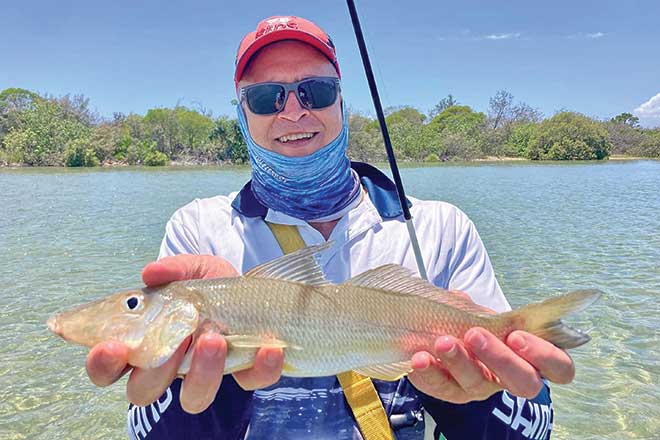Hi everyone, what was originally forecast to be a dry summer has completely changed and now we’ve had enough rain to ensure great fishing for many months to come on the Gold Coast and Tweed rivers.
Last month’s floods were unexpected, though waterways always need such flush outs sooner or later.
February is one of the tougher months of the year to fish, with both high air and water temperatures.
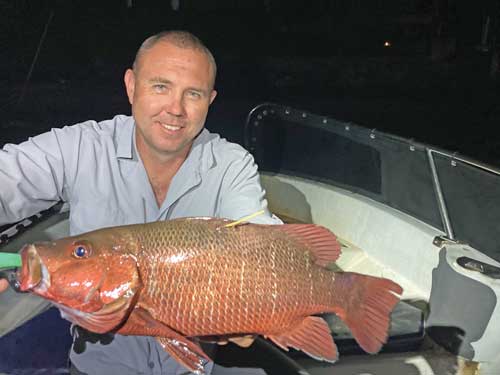
Combined with muddy water lingering from river catchment run-off, it can be tricky to find fish.
While I love to lure fish, your best friend during these times is fresh bait.
Yabbies in particular are a great bait and easy to pump on the flats at Wave Break and Curlew islands in the Gold Coast Broadwater.
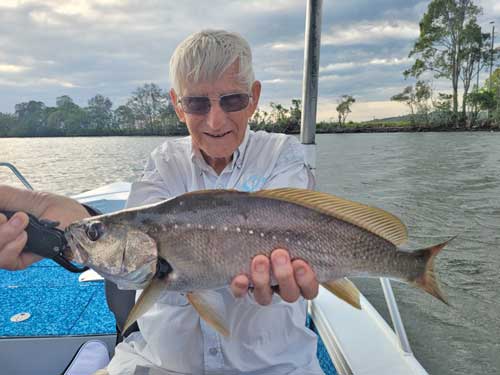
Even if the surface water looks muddy, the bottom layers are still salty enough for fish to be about.
Run-in tides will fish best for species such as whiting and flathead, when there’s cooler clearer saltwater pushing in from the open ocean.
It’s in these conditions that there can be excellent bite periods, with the water surging over the sandy flats.
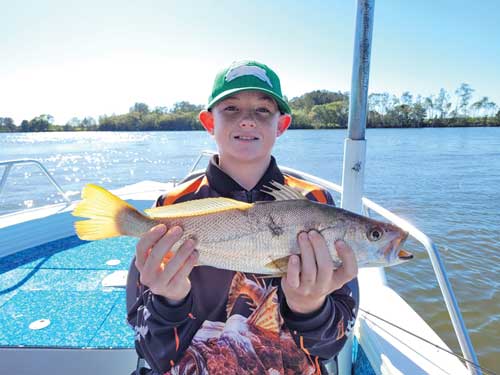
Until the water covers the shallow areas, look for deeper drains nearby because this is where the fish pass through, eager to feed early in the making tides.
Once the water rises, it’s time to fish the banks freshly covered by water.
Whether fishing by boat or wading, it pays to cover ground and keep moving to find the fish as they graze.
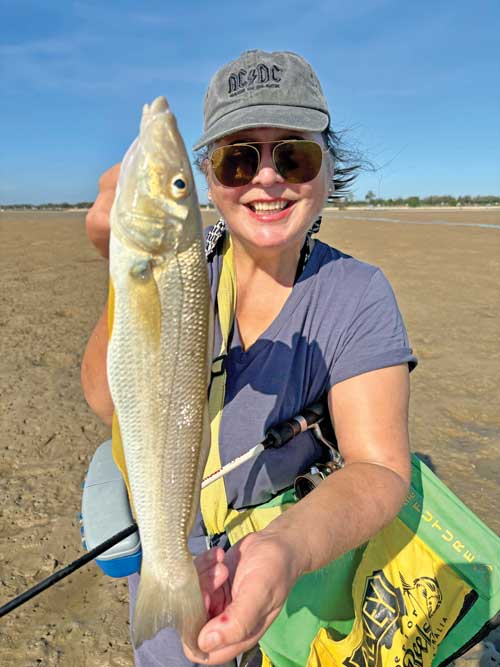
At this time of year, we still get some big tides around a new and full moon.
The flow in the main rivers and channels can get very strong, which makes the yabby banks great places to fish, as they’re sheltered from the strong flow.
When wading, I prefer to use unweighted yabbies on size 4 or 6 baitholder hooks, a 3-4lb fluorocarbon line and to keep the bait moving to attract the attention of fish.
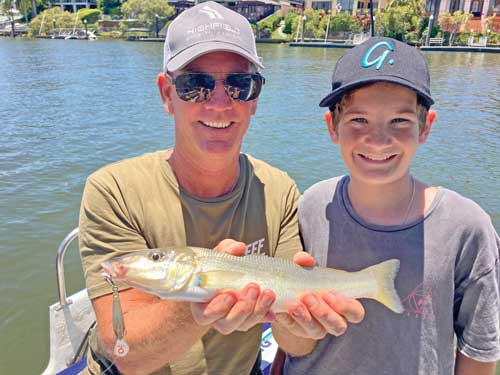
By boat, whether anchored or drifting, I use a running ball sinker in 2 or 3 size, a 1m or more trace of 6lb fluorocarbon leader and a size 4 baitholder hook to rig the yabbies.
The main line is 10lb monofilament and, whether drifting or anchoring, we cast the yabbies at least 15m away from the boat to ensure stretch in the line to fool the wily bigger whiting.
When the tide isn’t running too hard, the deeper main channels north and south of the Gold Coast Seaway can offer a good variety of fish, including winter whiting, sand whiting, flathead, tuskfish and more.
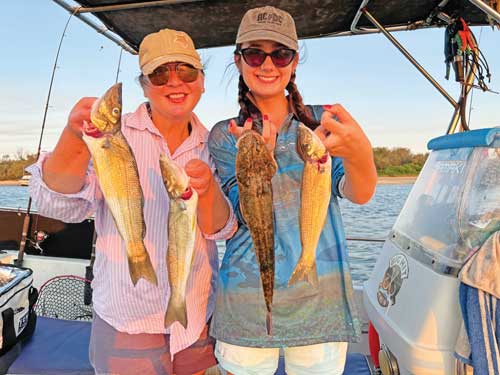
During the hottest months, the deeper water is a bit cooler and to the liking of bait and fish.
Drifting with yabbies on the bottom will always get lots of bites.
The other technique I like to employ in February is walking the shallow flats casting and retrieving hard-body lures such as Samaki Redic 50 and Daiwa Double Clutch in 60mm and 75mm sizes.
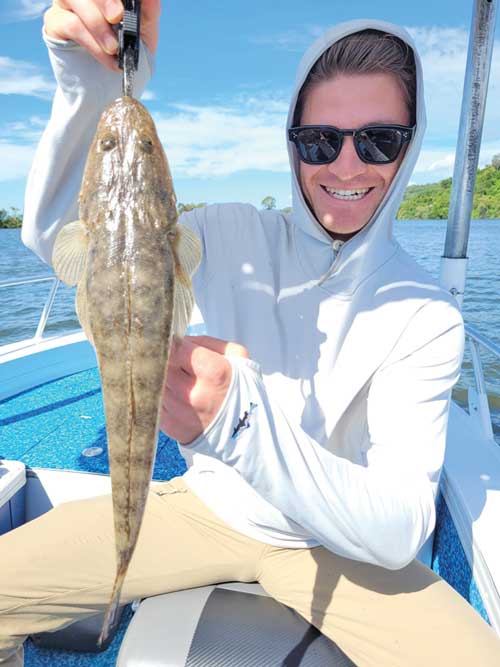
There are still heaps of flathead about on run-in tides over shallows.
Just keep moving and casting, then twitching the lures – ideally so that they’re tapping into the sandy bottom.
Even during the busiest times on the water, with plenty of boat and jet ski traffic, these techniques still catch loads of fish.
Give them a try!
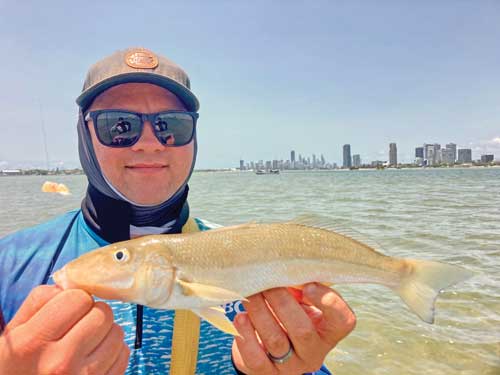
To book a charter with myself or Brad, or if you have any fishing related questions, visit goldcoastrivercharters.com, SMS 0432 990 302, email fishingwithclint@gmail.com or find us on Facebook – Brad Smith Fishing Charters.
 Bush ‘n Beach Fishing Magazine Location reports & tips for fishing, boating, camping, kayaking, 4WDing in Queensland and Northern NSW
Bush ‘n Beach Fishing Magazine Location reports & tips for fishing, boating, camping, kayaking, 4WDing in Queensland and Northern NSW

